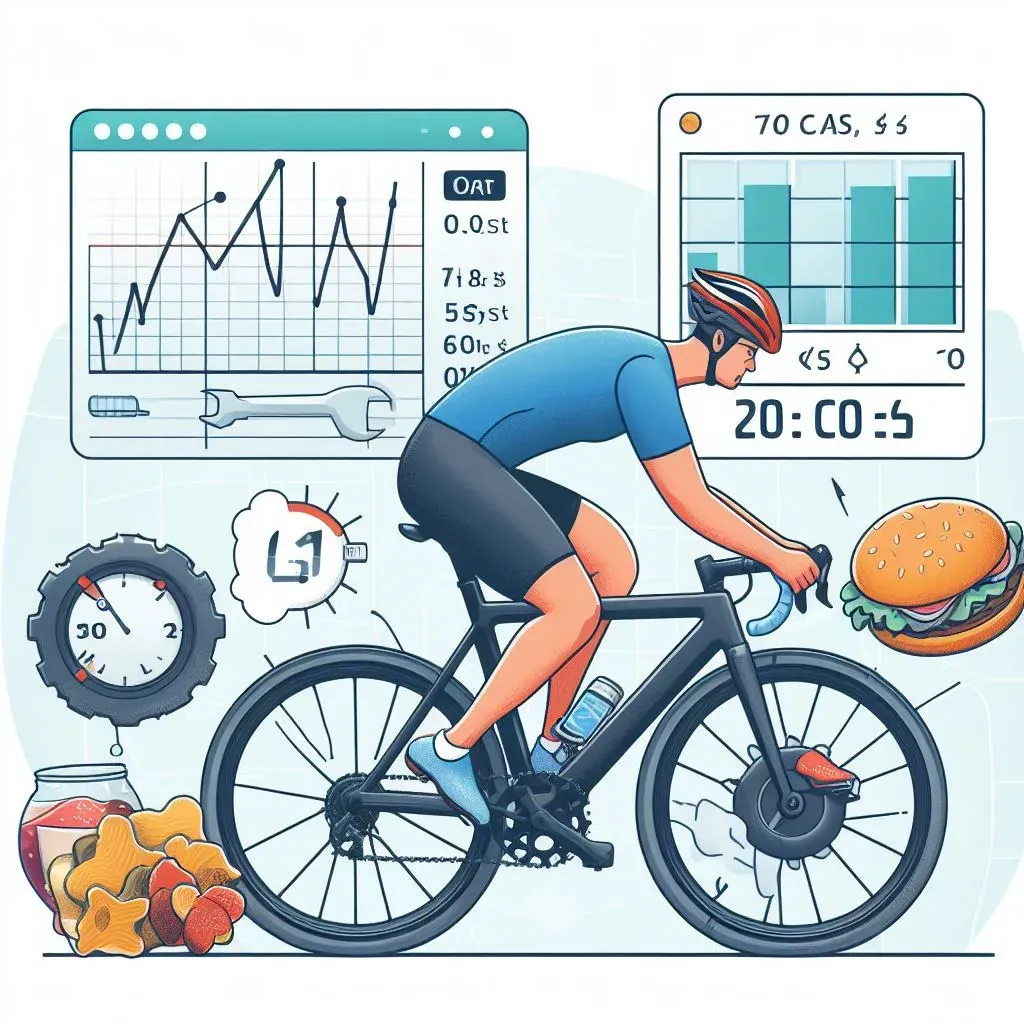How to Convert Watts to Calories Burned While Cycling

Traditionally speaking, trying to get a good idea for calorie expenditure from exercise is about as precise as an Imperial Stormtrooper with a laser blaster. There are plenty of apps and calculators out there that will help you estimate calories burned by inputting data points like heart rate, running/cycling speed, body weight and other factors, but they’re invariably far from accurate. Cardio machines along with Fitbits and other fitness trackers will also attempt to give you an idea on calories burned but those tend to make inaccurate assumptions (like that everyone is a 180 lb. man) and also often include Resting Metabolic Rate (the calories you would burn simply sitting in bed all day) which can lead to double dipping.
In the cycling world, we have data available to us that other sports can only dream about, one such metric is wattage. Measuring power output in watts has become one of the most important metrics in training but there is another side to measuring power output which many don’t consider. You actually know how much energy you put into moving your bicycle over the course of a ride very accurately when using a power meter, which means you can quite accurately determine how many calories you burned while cycling.
From Watts to Calories
If you know duration (time spent cycling) and you have average power during that time, you can quite easily calculate energy.
Power(Watts) = energy(Joules) / time(seconds)
We can figure out our energy using the equation above, but unfortunately, it’s in joules. We need to get to calories so we use the following conversion:
1 Joule = 0.238902957619 calories
Note, that what we commonly call a calorie, is actually a kcal or Calorie. So we need to divide by a factor of 1000 to find our common usage kcal (when you look at a nutrition label those calories are in fact kcals).
We also need to account for human inefficiency. Like any machine the human body is far from perfectly efficient – it has to burn more than 1 joule of real energy to output 1 joule of measured energy through a power meter. The efficiency of cycling humans is between 20-25% (so your body’s many systems and inefficiencies burn 4-5J of energy for every 1J you deliver to the pedals).
This means we should divide any measured joules figure by 0.2 to 0.25 to find out our actual expenditure.
By coincidence, a joule is 0.000239006 calories, or if we multiply by 1000 to get kilocalories approximately 0.24. How convenient!
So, assuming a human with 24% efficiency, you can cancel those last two steps exactly, and assume that measured joules = real calories burned.
Take all the above into account and we can build a very simple equation for calculating calories burned while cycling from average wattage:
energy (kcal) = avg power (Watts) X duration (hours) X 3.6
You might be wondering where that 3.6 came from. It’s simply an adjust for time and the factor of 1000 reduction to get from cal to kcal (60 seconds/minute * 60 minutes/hour * 1/1000 cal/kcal = 3.6).
A few examples:
During a Zwift group ride the other night I put out an average of 205 watts for one hour and 30 minutes, my kcal expenditure would be as follows:
205 Watts * 1.5 hours * 3.6 = 1,107 kcal
Chris Froome can put out an astonishing 414 watts for 30 minutes, his kcal expenditure during that time period would be:
414 Watts * 0.5 hours * 3.6 = 745 kcal
In many ways, the difference between an amateur athlete and a pro is their ability to burn more calories more quickly.
Obviously, there are some limitations of our equation. Namely, the human inefficiency part of our calculation. But even with that fudge factor we are easily within the realm of plus/minus 4%. Not bad, especially compared to cardio machines and calculators which are often found to be off by a factor of 30% or more.
Watts to Calories Calculator
Moving from Watts to Ridding Yourself of that Spare Tire
The energy density of fat is ~3500 kcal per pound. Which fits quite nicely into our equation:
energy (kcal) = avg power (Watts) X duration (hours) X 3.6
Using the formula above, we can see that a watt-hour (1 watt for 1 hour) is worth 3.6 kcal.
So, let us say you commute at an average of 100W, every ten hours of commuting time will burn a pound of fat. If your commute takes half an hour, two weeks are all you need to lose a pound of fat. Doesn’t sound amazing, but multiply that out for a year and you’ve shed 20+ pounds (depending on how much vacation you get).
If you commute at an average of 100W, every ten hours you will burn a pound of fat. Let’s suppose your commute lasts half an hour, so it takes 20 journeys (two weeks) to lose that pound of fat.
Similarly, if I get on Zwift three times a week for an hour and a half and put out an average of 200W I can expect to burn 3,240 kcal a week. Just about a pound of fat a week.
Certainly allows for some interesting thought on how you’re fueling your body as well. A single Butterfinger candy bar is 275 kcal, which equates to 23 minutes of riding at 200W.





